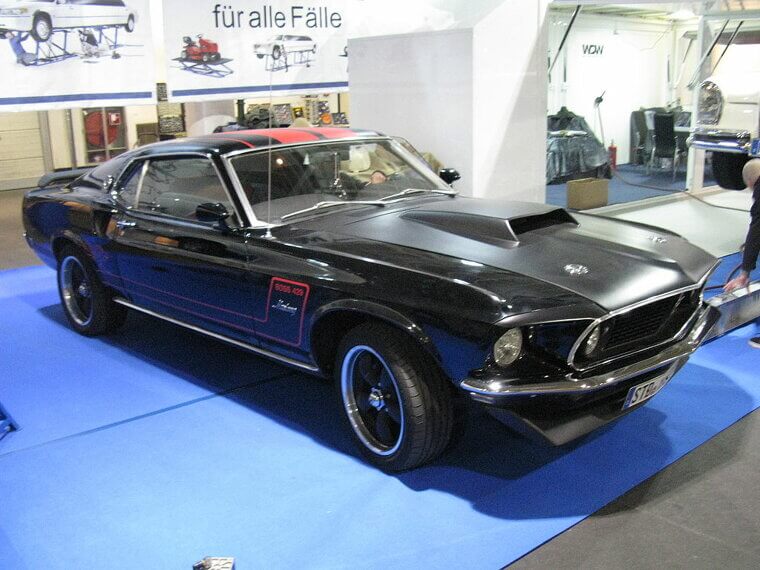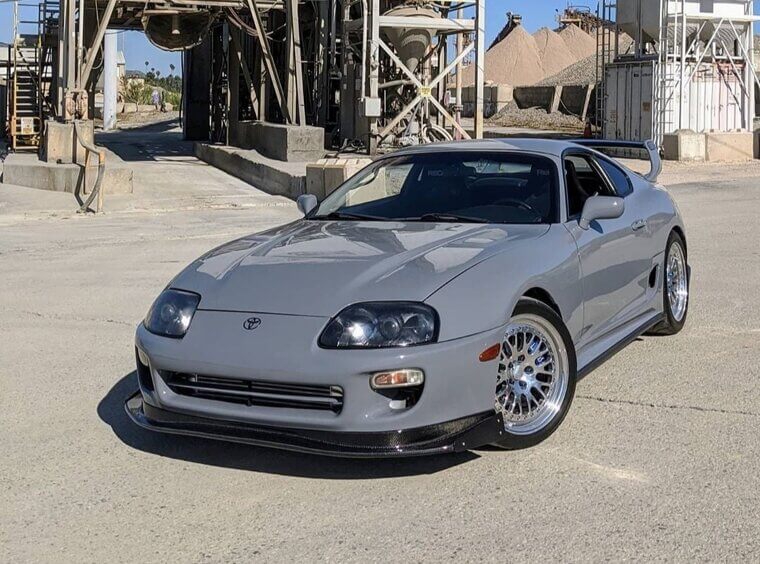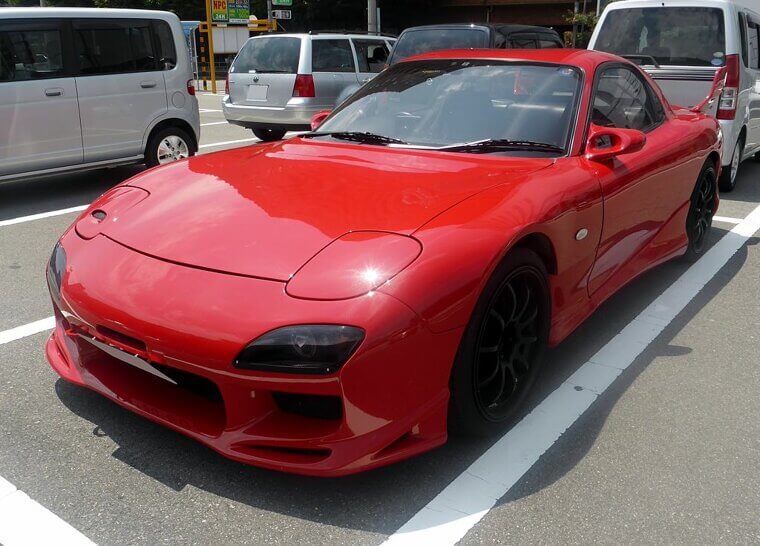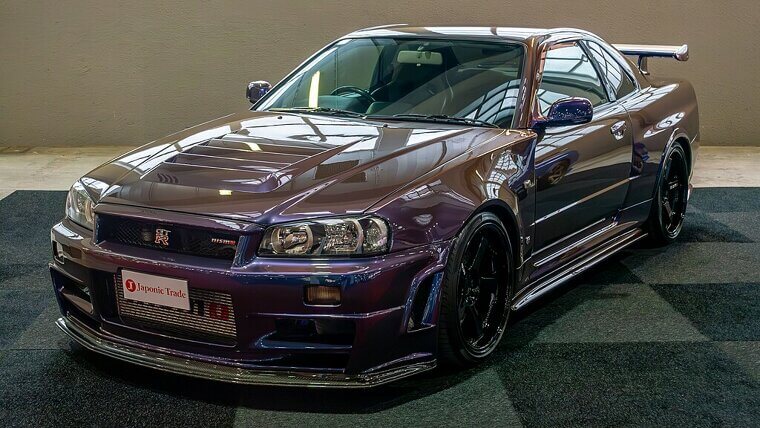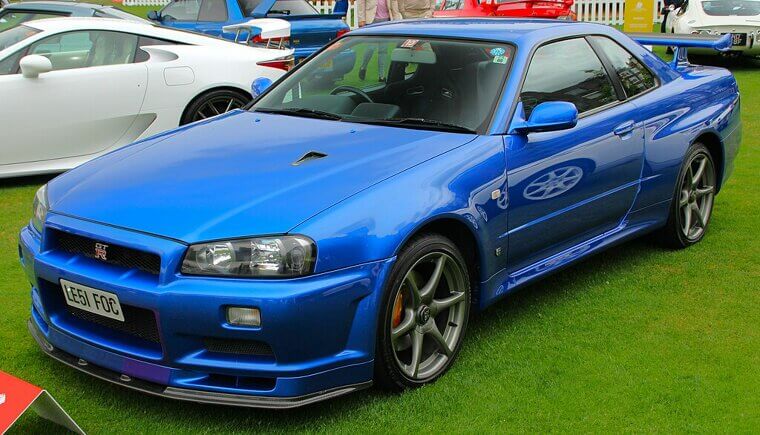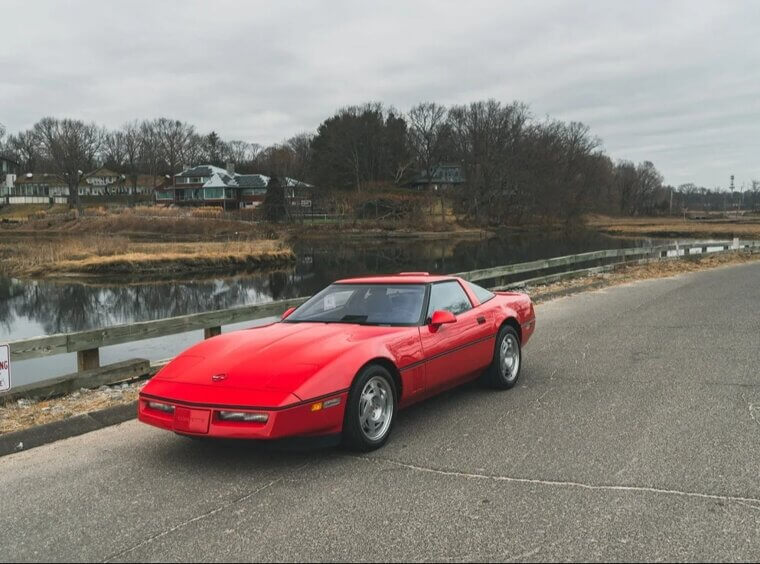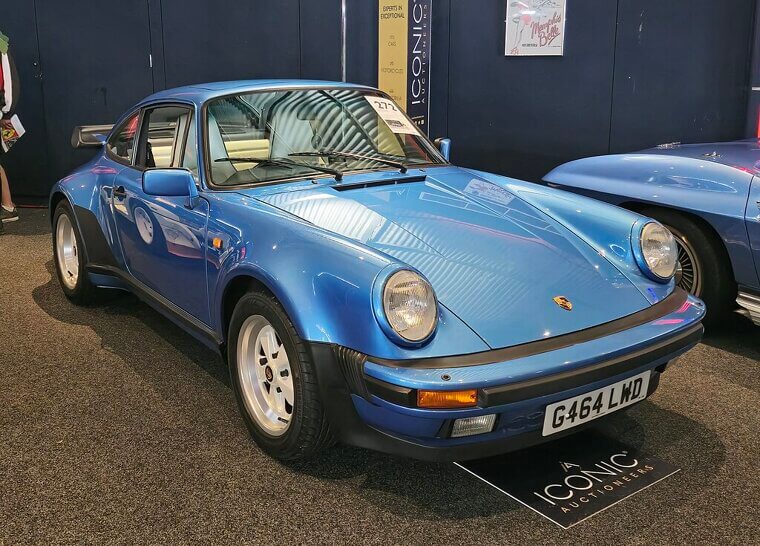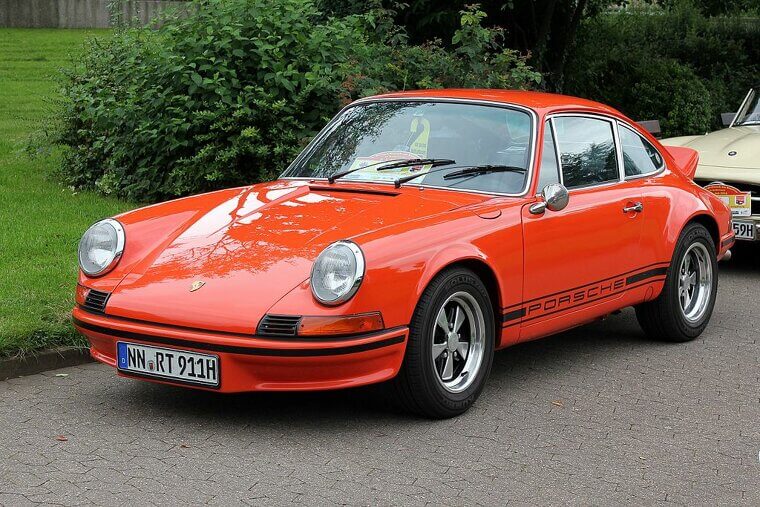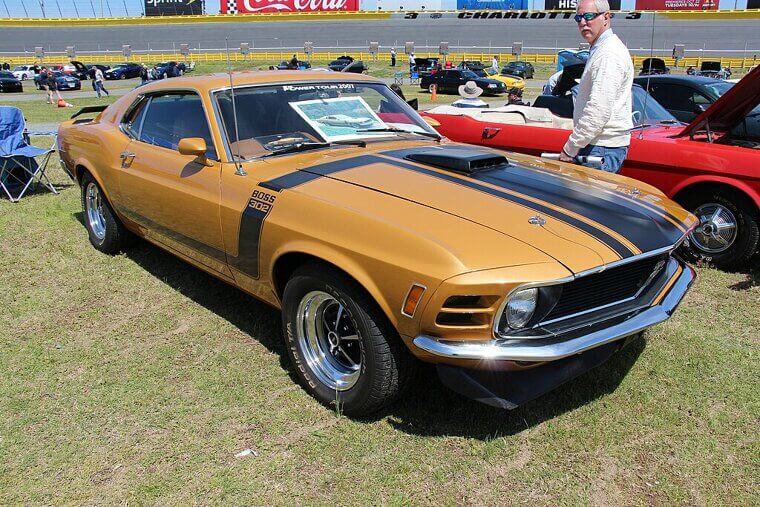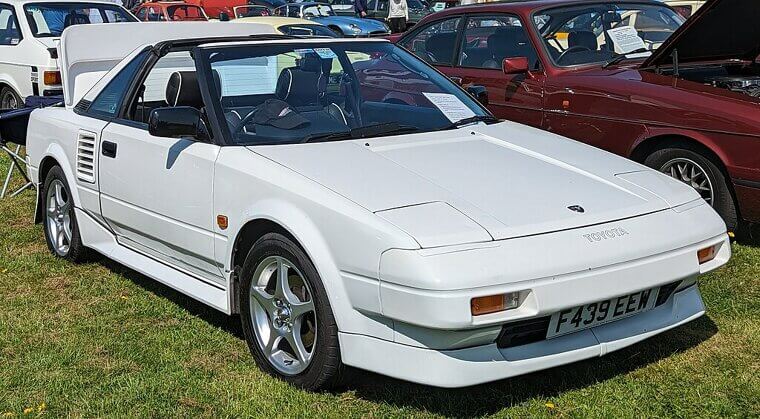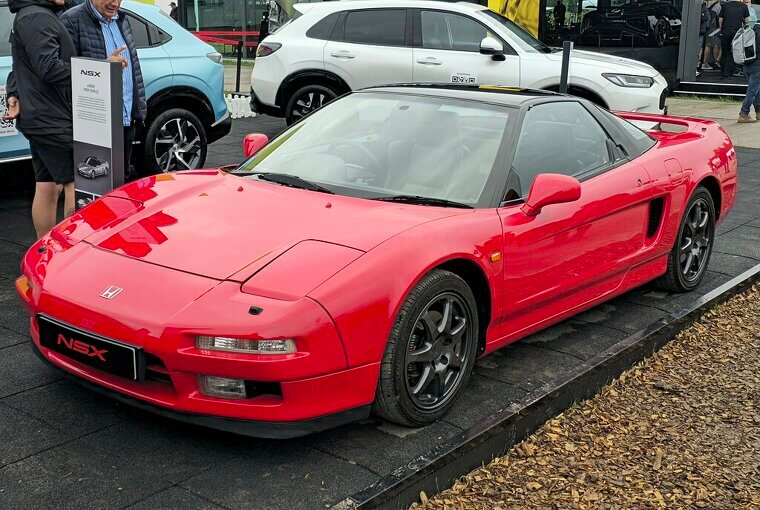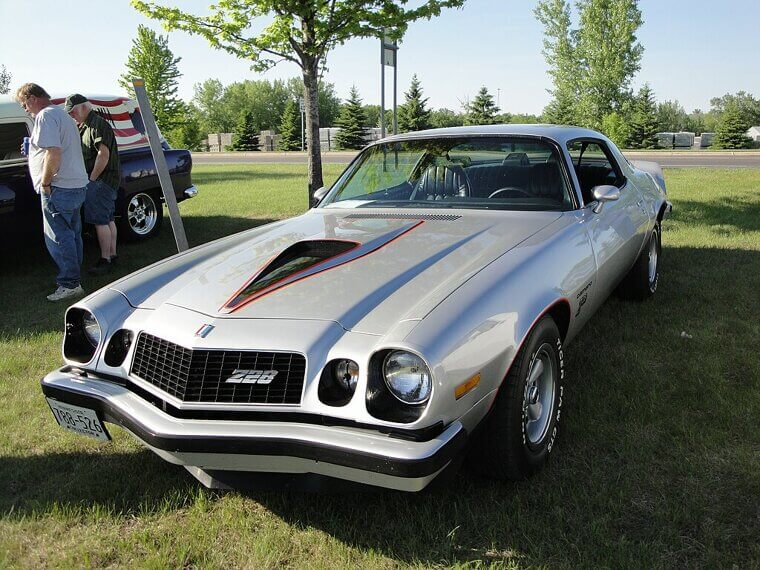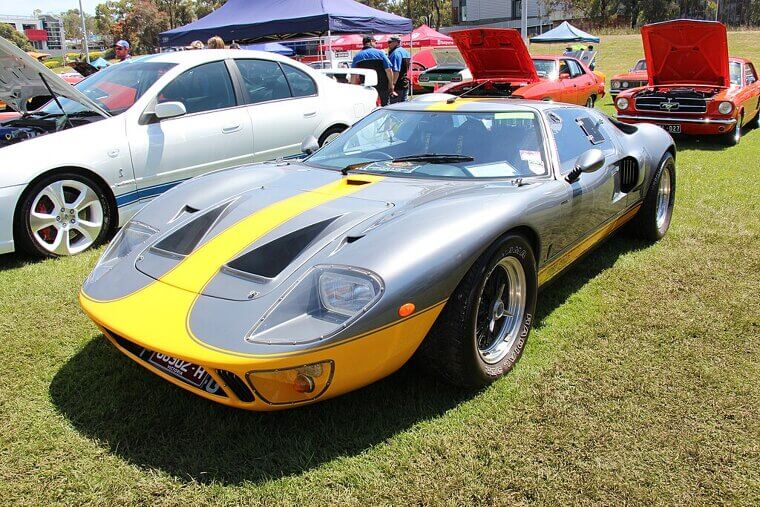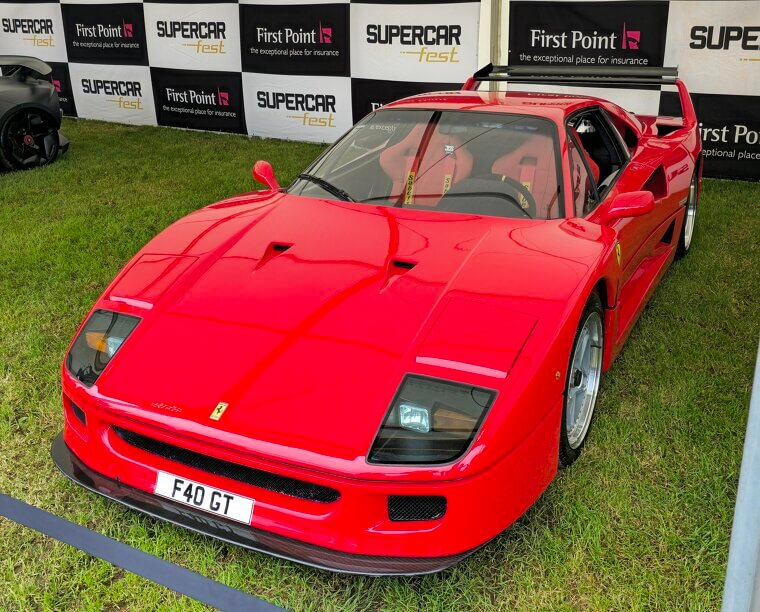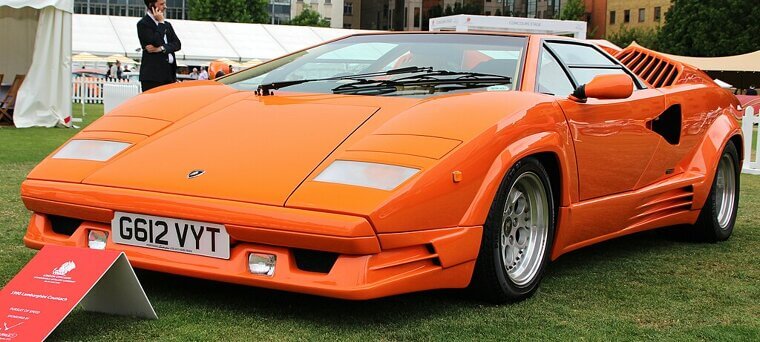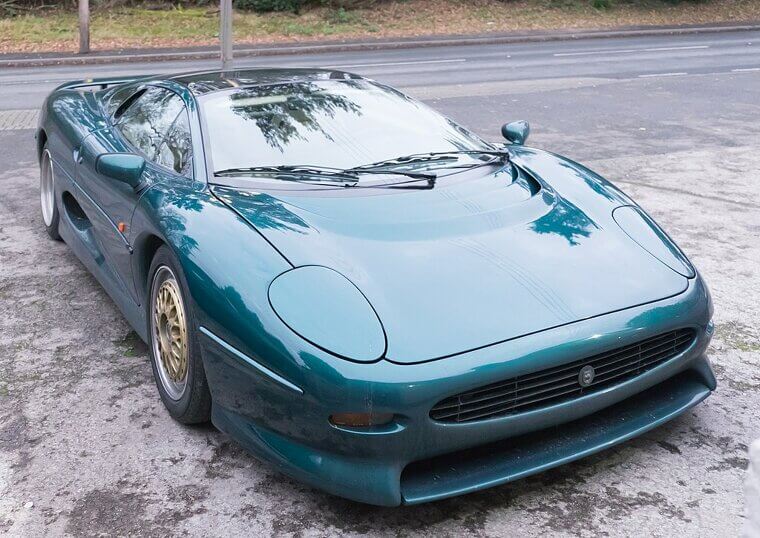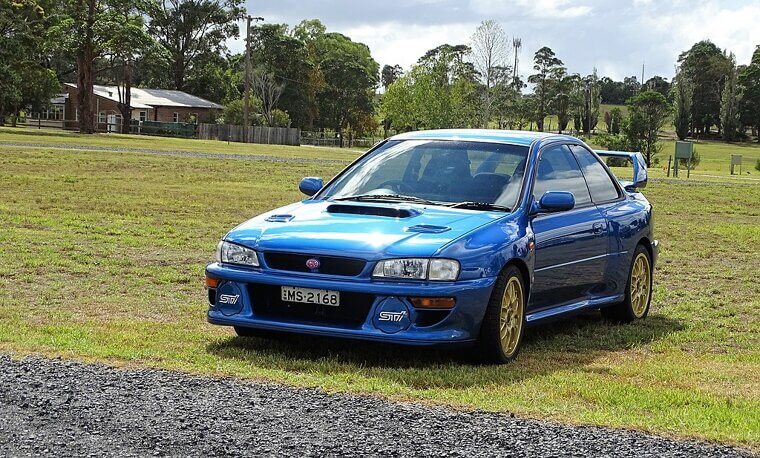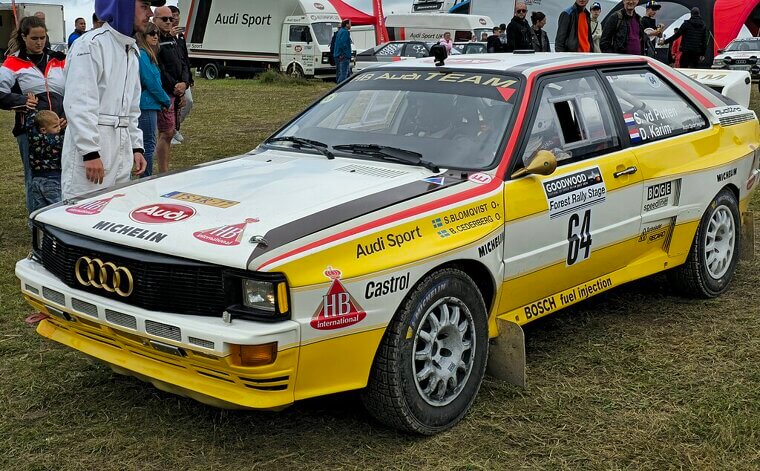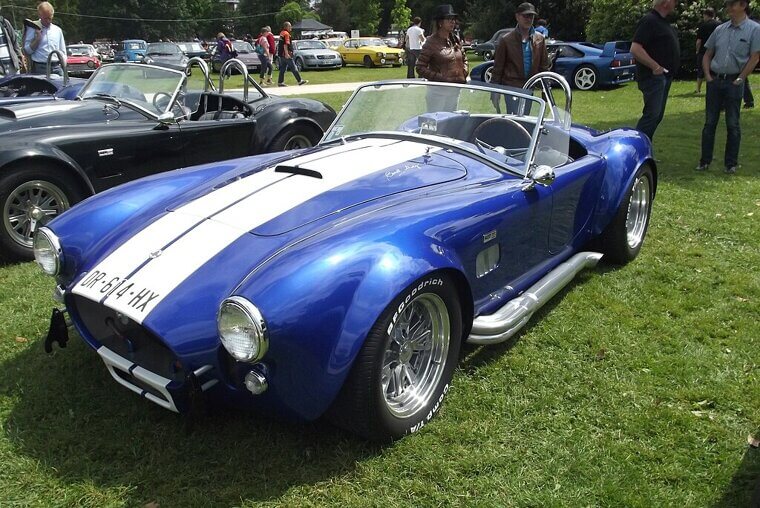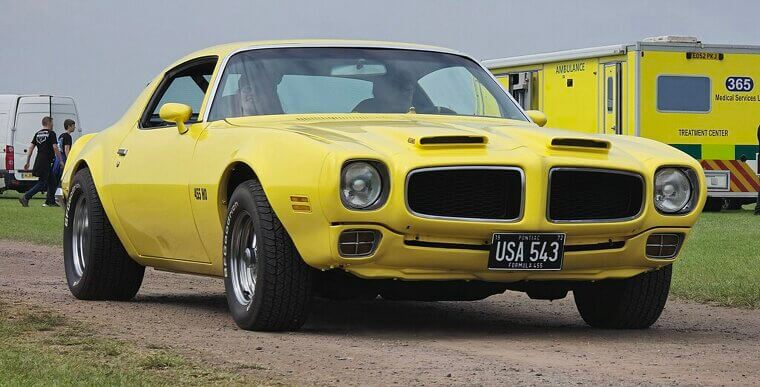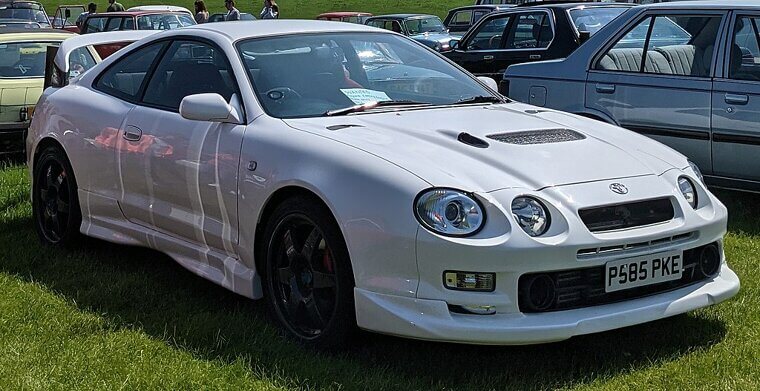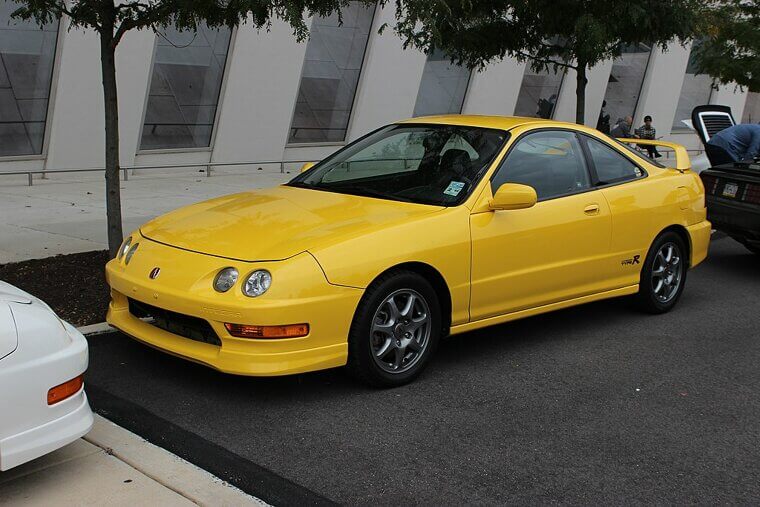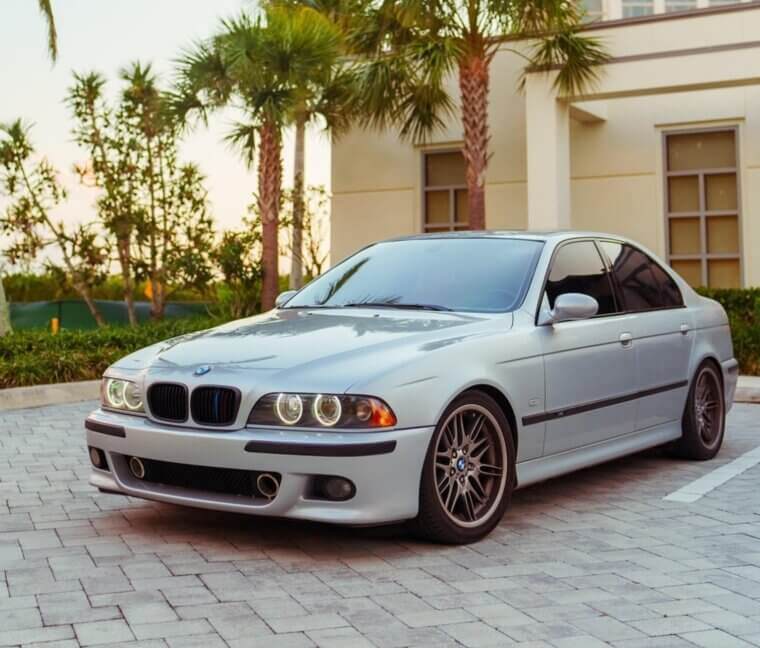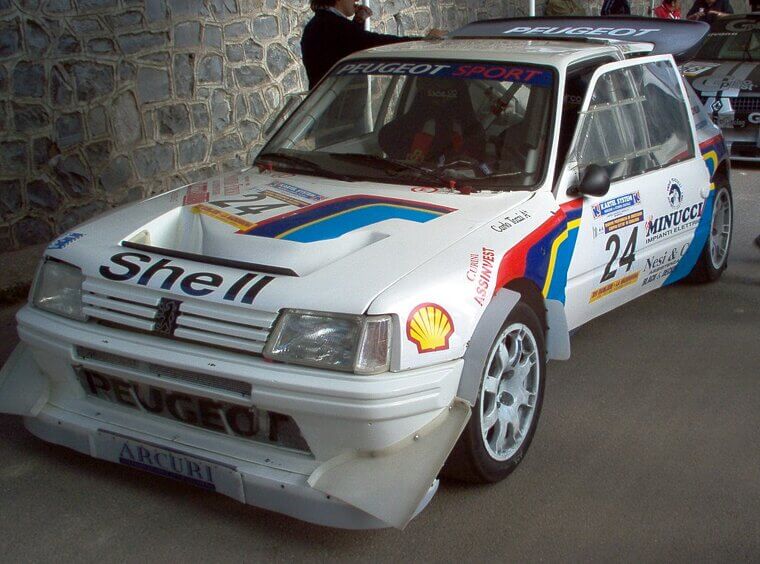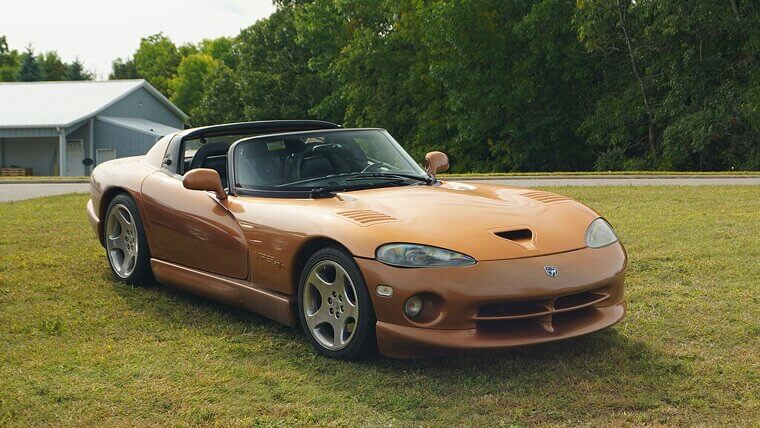Don't Knock These Cars yet
Sure, classic cars have older technology and more traditional engineering, but that doesn’t make them worse than modern vehicles. In fact, these ones have no problem keeping up with the superstars of today.
Toyota Supra Mk4 (A80) (1993–2002)
If you think modern engineering is good, you haven’t seen the 3.0L twin-turbocharged 2JZ-GTE inline-6 engine - nicknamed “the God Engine” - under the Supra MK4’s hood! This beast could originally make 276 horsepower (hp) but with mods it broke 800+ hp and could do 0-60 mph in 4.6 seconds.
Mazda RX-7 FD (1992–2002)
The bottle-shaped RX-7 FD had curves in all the right places and a 13B-REW rotary engine which, when combined with its twin sequential turbos, generated 276 hp as a gentleman’s agreement. Its weight balance was divine, making it light, agile and bestowing buttery-smooth handling.
Nissan Skyline GT-R (R32) (1989–1994)
Nicknamed “Godzilla” because of its incredible performance, the Skyline GT-R’s 2.6L twin-turbo RB26DETT inline-6 was so successful at dominating motorsports that Australia banned it from certain touring car races. With mods it had the power of the titular nuclear monster that could hit 500+ hp.
Nissan Skyline GT-R (R33) (1995–1998)
While the R33 shares DNA with the R32, it took the edges from its forebear and refined them, turning the street fighter into a heavy brawler - smoother, quieter but still a demon on the road. They both compete with modern rides in their own right.
BMW M3 (E30) (1986–1991)
Rear-wheel drive, low weight and a balanced chassis are all giveaways that the M3 E30 was designed to homologate for DTM. With that in mind, it has a 2.3L naturally aspirated S14 inline-4 engine capable of 192–215 hp; it’s more agile than forceful, but just as competitive.
Chevrolet Corvette C4 ZR-1 (1990–1995)
Mercury Marine built the C4’s 5.7L LT5 V8 engine and Lotus developed it, creating a powerhouse that can emit up to 405 hp and do 0-60 mph in 4.4 seconds - that’s crazy for the ’90s! It looked like a normal Corvette, but it was an udnercover Ferrari-smoking weapon.
Porsche 911 Turbo (930) (1975–1989)
The 911 Turbo required you to know how to drive it, and even then it was a white knuckle experience - especially when you engaged the titular turbo and the G-force hit you like a sledgehammer. Its engine could generate up to 300 hp depending on the year!
Porsche 911 Carrera RS 2.7 (1973)
When it comes to classic 911s the Carrera RS 2.7 is a stunning example; it had no fancy computers, no turbo boost, just pure air-cooled mechanics designed for homologation. It was light, zippy and capable of 210 hp to tear up the asphalt with.
Lancia Delta Integrale Evo II (1993–1994)
The Evo II is practically rally car royalty - having won the WRC manufacturer championship six times, it’s one of the most successful cars to hit the sport. There were other versions, but the Evo II is the most refined; improved suspension, aerodynamics and even paint jobs.
Ford Mustang Boss 429 (1969–1970)
The legendary 7.0L Boss 429 V8 engine in this Mustang was designed to homologate for NASCAR, so while cornering wasn’t part of the deal, it moved on straights like a jet engine on speed. Officially it generated 375 hp, but unofficially the number was closer to 500+ hp.
Buick GNX (1987)
The GNX - which stands for “Grand National Experimental” - was dressed for business, but underneath the veneer it was an unchained beast with a 3.8L turbocharged V6 and torque that would make a dragstrip racer blush.
De Tomaso Pantera (1971–1992)
The Pantera is famous for being the vehicle Elvis Presley shot in frustration when it wouldn’t start, and they were certainly fickle. It was usually quite reliable though, and it could really shift - the mid-mounted 5.8L Ford 351 Cleveland V8 did 330 hp.
Datsun 240Z (1969–1973)
Zooming out of Japan to challenge European speed, the country’s first real sports car had a refined edge and unmatched steering that its competitors lacked - at a fraction of the price! It had independent suspension, rear-wheel drive, and aftermarketing potential that could break 300 hp.
Toyota MR2 (SW20) (1989–1999)
Early SW20s were infamous for their “snap oversteer,” where they would unexpectedly spin during a turn. You’d think that was a negative, but the danger drew a lot of thrillseekers! It was super cheap, light as a feather and its turbo models could generate 245 hp.
Honda NSX (NA1/NA2) (1990–2005)
Famous Brazilian racing driver Ayrton Senna’s feedback helped design the NSX’s chassis, and it came out so light and balanced that Ferraris saw it coming and backed away. The amazing thing is that it had the reliability of a daily-drive vehicle, too.
Chevrolet Camaro Z/28 (1st Gen) (1967–1969)
The Z/28 forsook luxuries such as A/C in favor of pure speed, and designed it to crush opposition in SCCA Trans-Am racing. It was lightweight and agile for its day, but more importantly its build inspired modern track cars. In practice, it could rip out 350+ hp!
Ford GT40 (Original Mk I–IV) (1964–1969)
When Henry Ford II and Enzo Ferrari declared war on each other, Ford unleashed the GT40, wheeled revenge that was designed to chase down Ferraris and run them off the road. It had a range of mid-mounted engines (including 7.0L V8s!) and it was a Le Mans champion for four years running.
Ferrari F40 (1987–1992)
Take ABS, power steering or any other kind of driver’s aid and throw it in the trash - the Ferrari F40 was a union of the driver and 478 hp of twin-turbo mechanical power. It was also the last vehicle Enzo Ferrari approved, and he finished in style - it could go from 0 –60 in 3.8 seconds.
Ferrari Testarossa (1984–1996)
Although it wasn’t designed for the track, the Testarossa was nevertheless a powerful Ferrari that looked like it zoomed backwards in time and probably did; its 4.9L flat-12 engine could reach a U.S.-measured 385 hp with torque that was as smooth as silk.
Lamborghini Countach (1974–1990)
Countach is an awed exclamation in Piedmontese, and it certainly lived up to its name - this stunning beauty still looks spaceage in the modern day! There were no aids between the driver and car, just pure skill and a potential 455 hp.
Jaguar XJ220 (1992–1994)
There were only 275 XJ220s ever built, which makes it a vehicular unicorn, and a nuclear-powered one; for a while it was the fastest car in the world! Originally, it was supposed to have a V12, but its V6 engine made it both lighter and faster.
BMW 850CSi (E31) (1992–1996)
The 85-CSi was actually a BMW M which never received the M badge - it was deemed too luxurious. Despite its heavy weight, this was an assassin in vehicle form with a 5.6L naturally aspirated V12 and, iconically, a manual gearbox that only had six speeds.
Lotus Esprit V8 (1996–2004)
Although it was unusual for the ’90s, Lotus designed the Esprit’s 3.5L twin-turbo V8 engine and it was a road predator capable of hitting 350 hp. It was more than just speed, though; its mid-engine layout and Lotus tuning gave it precision handling into the bargain.
Mitsubishi Lancer Evolution VI TME (1999–2001)
This vehicle was named the Tommi Mäkinen Edition in tribute to the four-time title-winning rally legend, and it captured his winning spirit perfectly. Its turbo spool and steering rack were enhanced for Mäkinen himself, and it could officially do 276 hp (wink, wink).
Subaru Impreza WRX STI 22B (1998)
Since it’s widely considered the greatest Subaru vehicle ever made - and the fact only 424 units exist - you’d need a small fortune and the devil’s luck to get a WRX STI 22B today. It can run rings around modern hot hatches with an official 276 hp (though in reality, much more).
Audi Quattro (Ur-Quattro) (1980–1991)
When it comes to innovation, the Ur-Quattro is a frontrunner - it spearheaded AWD in sports cars. That’s not the only way it zoomed ahead of the pack, though; on smooth roads it was a disappointment, but snow or gravel unlocked its god-tier potential.
Shelby Cobra 427 (1965–1967)
Legendary vehicular wizard Carroll Shelby took a small British AC Ace car and slammed a giant V8 engine into its bay to create a wheeled bullet that makes pro drivers sweat with concern. It had 425+ hp and could do 0–60 in 4 seconds. In the sixties. That’s witchcraft.
Pontiac Firebird Trans Am (WS6) (1996–2002)
Back when it was released, drivers hand-waved the WS6 as another GM pony car, but collectors have since realized its potential to leave much more expensive European sports cars in its dust with an engine roar like a gods’ revenge.
Toyota Celica GT-Four (ST205) (1994–1999)
The ST205 was designed for WRC homologation, and Toyota installed a hidden turbo restrictor bypass. When the WRC found out they banned it, but even Toyota engineers dubbed it “brilliantly illegal”! It was lightweight, nimble and could do 0–60 in 6 seconds.
Mercedes-Benz 500E (W124) (1990–1994)
The 500E was a Euro sleeper, a vehicle secretly built by Porsche and returned to Mercedes for the finishing touches before it hit showrooms. The low stance and subtly aggressive aura was all it needed to scare the tires off sports cars and rightly so - its 5.0L V8 could make 322 hp.
Acura Integra Type R (DC2) (1995–2001)
Honda did everything they could to make the DC2 lighter - lightweight glass, a hand-ported engine, seam welds, the works. It worked, too; the vehicle screamed across roads like a banshee with the driver hanging on for dear life, yet it still responded to the slightest touch.
BMW M5 (E39) (1998–2003)
Even modern M cars can’t compete with the perfect balance of the E39, and everyone knows it! Unlike many sports cars, this baby was flexible - comfortable enough for daily use, but a potential racetrack dominator all under the power of its howling V8.
Peugeot 205 Turbo 16 (1984–1986)
The barely street legal Turbo 16 was a grenade of performance with a rally version that dominated tracks - it didn’t just win 16 WRC events, but two World Championships as well!
Dodge Viper RT/10 (1992–2002)
Carroll Shelby took the original Cobra and worked his voodoo to co-create the RT/10, a fiberglass beauty that originally had no ABS or traction control, just raw power - specifically, a 8.0L V10 capable of a jaw-dropping 400–450 hp!
RUF CTR "Yellowbird" (1987)
The Yellowbird was a viral star before YouTube existed thanks to the “Faszination on the Nürburgring” video it starred in. It had drift for days and could hit top speeds of 211 mph in 1987 - that’s crazy for its day!

